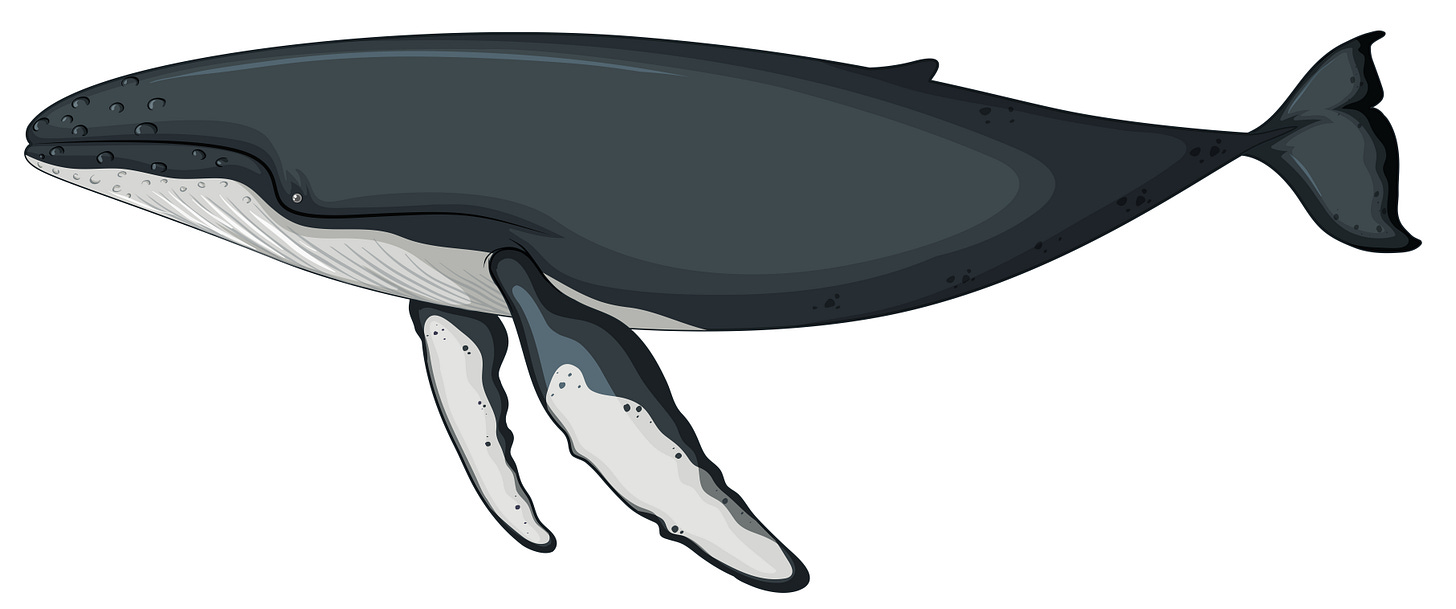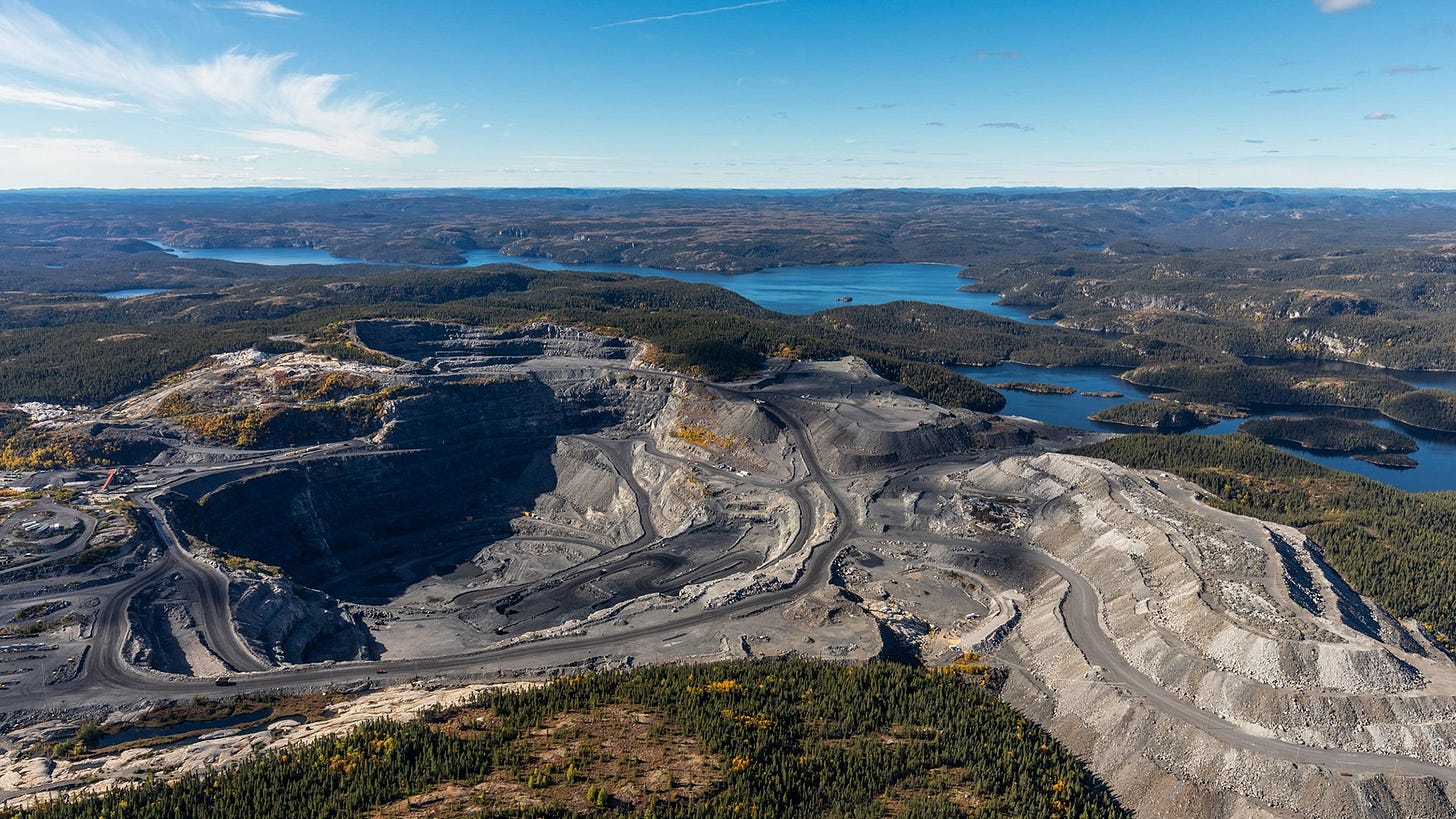On My Horizon: Muzhu Mining
Every once in a while, a friend will point me at a junior mining company with a potentially big story. Most of these “tips” don’t check out, but once in a while, one does. So I do a preliminary due diligence pass. Muzhu Mining (MUZU.C) has a couple of gold projects in China, an interesting gold project in the Abitibi greenstone belt in Quebec and a new critical minerals project in Quebec. It is this last project which intrigues my friend, so I dug in.
Right off the top, I have zero expertise or knowledge about Chinese gold projects. I cannot really assess the viability or value of either of these projects. Here, like most Canadian investors, faced with China we have to rely on management’s expertise and experience. Both are obvious topics of conversation with the CEO if Muzhu checks out in other respects. Critical to know what you don’t know.
I do know a fair bit about the Abitibi greenstone belt and the gold deposits which run along it. Muzhu’s Sleeping Giant South project is next door to Abcourt Mines (ABI.V) near production Sleeping Giant Mine and Mill. Currently, ABI is drilling in anticipation of resuming production, and it is hitting excellent intercepts grading as high as 41.9 gpt gold over short intervals.
Muzhu announced that it would be flying a tight line heliborne time-domain electromagnetic (TDEM) survey on the Sleeping Giant property. Results from that survey should be forthcoming.
The Sleeping Giant project looks like a solid prospect for a junior explorer. Within sight of the headframe of a producing mine is always a good place to start. The gold-bearing structures of the Abitibi are well understood and that understanding should give Muzhu a bit of a head start. (I suspect I will give my pal Philipp Cloutier, CEO of Cartier Resources (ECR.V) and very much a subject matter expert on the Abitibi greenstone belt, a call to see if he has any insights.)
What my friend is excited about is Muzhu’s June 2 announcement that it has entered into a letter of intent to acquire a 50% option on the Everett titanium-iron property located 40 km from the port city of Havre-Saint-Pierre, Quebec. This is an order, or three, of magnitude bigger than Muzhu’s gold prospects.
How big?
The Everett deposit is recognized by the USGS and the Quebec Geological Sciences Service as one of the most significant hard-rock ilmenite (FeTiO3) deposits in the world, alongside producing deposits at Lac Tio, Quebec (Rio Tinto Fer et Titane Inc.) and Tellnes, Norway (Kronos Worldwide Inc.). The Everett deposit is situated 3 km east of the world’s largest hard-rock ilmenite deposit, Lac Tio. The deposit at Lac Tio is not necessarily indicative of the grades and tonnes of the adjacent Everett deposit. Still, the two deposits share a closely similar mineralogy and are both hosted by mafic intrusions of the Havre-Saint-Pierre anorthosite massif.
I went off in search of infomation on Rio Tinto’s mine at Lac Tio.
Rio Tinto Iron and Titanium Quebec Operations have been processing ore from northern Quebec for more than 70 years. They are a world leading producer of high-grade titanium dioxide feedstock, a product commonly used as a pigment to whiten a range of products such as paint, textiles and paper. They also produce iron and steel used in specialised applications such as the automotive industry and wind turbines.
Established in Sorel-Tracy since 1950, Rio Tinto Iron and Titanium Quebec Operations is a leading manufacturer of feedstocks for the titanium dioxide markets, supplying 19% of global demand. We’re the world leader in the production of high-purity metal powders and pig iron and are currently commissioning the first scandium plant in North America—and the first green scandium plant in the world.
Yes, the Lac Tio mine really is that big.
There has to be a story about how a tiny junior like Muzhu managed to find out about and secure an option for such a potentially huge opportunity. And it is not just a bit of “closeology”, there have been 31 drill holes bored and a program of surface sampling undertaken to define 3.5 km of outcrop. Preliminary metallurgical samples are in hand.
The private company optionor, Romaine River Titanium, offers MUZU “numerous historical mineralogical studies and metallurgical process tests. Respected commercial and university research laboratories conducted these tests, demonstrating very high recoveries of Ti, Fe, and P to the concentrates.”
Here’s a map showing both the Rio mine and the surface outline of the Everett Deposit. There is a road running up to the Deposit and power nearby.
The challenge faced by MUZU CEO Dwayne Yaretz is how to transition MUZU from an interesting gold explorer into a company able to meet the opportunity Everett creates. In the release announcing the option, MUZU outlines the first year’s plan of work, which will, ideally, culminate in a “Report on the drill-indicated mineral resources from the first two stages of definition drilling under the current NI43-101 standards of practice by July 2026”.
MUZU is trading around $0.09 on the Canadian Securities Exchange. It has an open Private Placement for $500,000 priced at $0.10 for a share and a $0.14 warrant.
Certainly interesting enough for me to call the CEO.
(Disclaimer: I do not presently hold shares in Muzhu. I may buy at any time. This is not investment advice. Do your own due diligence. Call the CEO. I know I will.)





